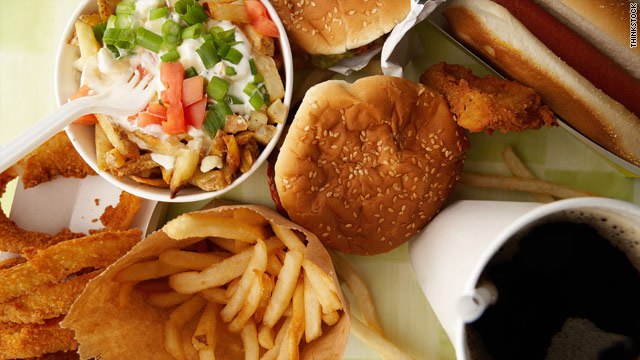Restaurant Food Might Be As Unhealthy As Fast Food Suggests Study
Eating out is a nice way to spend the evening and catch up with friends or family. Well, we often think that an expensive meal in our favorite restaurant is much better than eating burgers and French fries, but we all thought wrong.
In a two-day period, approximately a third of participants ate fast food at least one of the days while a quarter ate full-service restaurant food at least one time. Some restaurants might even be unhealthier than fast food. This is exactly the reason why he and his colleagues set out to investigate the matter. Data from the National Health and Nutrition Examination Survey that was collected from more than 18,000 Americans, has been analyzed Ruopeng An, a researcher from University of Illinois. They might look healthier, lacking the usual grease and overly-oiled products, but they’re not the much better option.
Researchers found that eating food from restaurants – whether from fast food places, or better establishments – led to increases in calories, fat and sodium compared to meals made at home. They also consumed an extra 11 grams of fat, 3.5 grams of saturated fat, 10 milligrams of cholesterol, and 300 milligrams of sodium.
Participants who dined at full-service restaurants consumed about 187 more calories per day compared to those who ate food prepared at home, 10 more grams of fat, 2.5 g more saturated fat, nearly 60 mg more cholesterol and over 400 mg more sodium.
The fast food impact on daily calorie intake was the largest amongst participants with the least amount of education, while participants in the range of middle income were more apt to receive their extra calories from restaurants that are full-service.
While popular wisdom holds that fast food is less healthy than eating at a sit-down restaurant, that may not always be true.
As a measure against unhealthy eating, the US Food and Drug Administration has required restaurants with more than 20 locations to provide their customers with information about the calories on the menu. This way, consumers will naturally eat less.
Lori Rosenthal, dietitian over at the Montefiore Medical Center (New York City), was not involved in the study but gave a statement explaining the difference between full-service restaurant meals and home cooked meals.
Rosenthal also makes sure to suggest, “Don’t be afraid to ask how menu items are prepared and stick to those that are baked, broiled, grilled or steamed [and] Choose dishes that contain vegetables (i.e. veggie omelet, kabobs or pasta primavera) or request they be added”.
Public health and fitness surgery focusing on dining-out activity normally, rather than just fast food, might be approved to further improve the manner in which Americans’ have, says the study’s original author.








